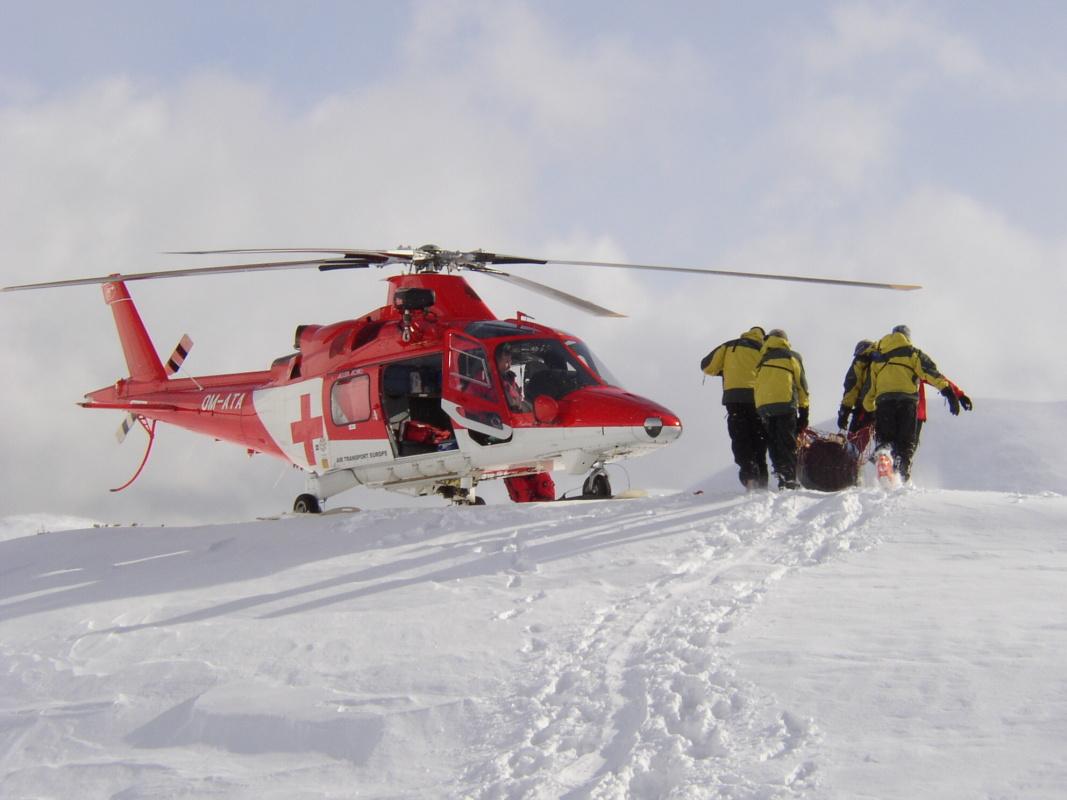In the ever-expanding world of adventure travel, thrill-seekers are venturing into remote and challenging environments more than ever before. From scaling towering peaks to diving into uncharted waters, these adventurers are driven by a desire to push boundaries and explore the unknown. However, with great adventure comes inherent risk, and the potential for accidents or medical emergencies is a reality that cannot be ignored. This raises a critical question for both travelers and insurers alike: should travel insurance policies extend to cover medical evacuations specifically tailored for adventure travelers? In this article, we will delve into the intricacies of travel insurance, examine the unique risks faced by adventure enthusiasts, and explore whether the inclusion of medical evacuation coverage is a necessary safeguard or an optional luxury. By the end, you’ll have a clearer understanding of the considerations involved and the implications for both the insured and insurers in this rapidly evolving sector of the travel industry.
Understanding the Risks: Medical Emergencies in Adventure Travel
Adventure travel is exhilarating, offering the thrill of exploring remote and rugged landscapes. However, it comes with its own set of challenges and risks, particularly medical emergencies that can arise unexpectedly. When you’re miles away from the nearest hospital, even minor injuries can escalate into critical situations. Understanding these risks is crucial for any adventurer.
Some of the most common medical emergencies in adventure travel include:
- Altitude sickness when trekking in high-altitude regions.
- Injuries from activities like rock climbing, mountain biking, or skiing.
- Infections from unsanitary conditions or wildlife encounters.
- Dehydration and heatstroke in hot, arid climates.
These scenarios underscore the necessity for robust travel insurance policies that not only cover medical expenses but also medical evacuations. Without proper coverage, the cost of emergency evacuations can be astronomical, leaving travelers in financial distress. Insurance tailored for adventure travelers should ensure prompt access to emergency medical services and the ability to be transported to the nearest adequate medical facility.

Evaluating Current Travel Insurance Policies: Are They Adequate for Adventurers?
When assessing the adequacy of travel insurance policies for adventurers, it is crucial to scrutinize whether they cover the unique challenges faced during high-risk activities. Adventure travelers often find themselves in remote or rugged terrains where traditional healthcare services may not be readily accessible. Therefore, the inclusion of medical evacuation coverage becomes a pivotal factor. This coverage should ideally encompass:
- Emergency airlifts from remote locations to the nearest hospital equipped to handle the specific medical emergency.
- Coordination of medical personnel during transport to ensure the safety and stability of the injured traveler.
- Coverage for additional transportation costs if the traveler needs to be moved to another country for adequate treatment.
These elements are non-negotiable for adventurers who engage in activities like rock climbing, scuba diving, or trekking in isolated regions. As a traveler preparing for an adventure, ensure your policy not only covers these aspects but also clarifies any exclusions related to specific sports or regions, ensuring comprehensive protection no matter where your journey takes you.

Key Considerations for Including Medical Evacuations in Travel Insurance
When selecting travel insurance for adventure trips, ensuring that medical evacuations are included is crucial. Adventure travelers often venture into remote or rugged locations where medical facilities may be limited or difficult to access. Here are some key factors to consider when evaluating coverage options:
- Geographic Coverage: Verify that the insurance covers medical evacuations from all the destinations on your itinerary, especially those with challenging terrain or limited infrastructure.
- Evacuation Criteria: Understand the specific conditions under which a medical evacuation is deemed necessary and covered by the policy.
- Transportation Options: Look for policies that offer a variety of evacuation methods, such as air ambulances, which can be crucial in remote areas.
- Cost Limits: Check for any financial caps on evacuation expenses to ensure they align with potential costs in your travel regions.
- Provider Network: Consider the insurer’s network of emergency service providers and their ability to coordinate effectively in diverse locales.
Being proactive in understanding these elements can provide peace of mind and ensure that adventure travelers are adequately protected in case of unforeseen emergencies.

Expert Recommendations: Enhancing Travel Insurance for Adventure Travelers
For adventure travelers, it’s crucial that travel insurance policies are tailored to their unique needs, particularly when it comes to medical evacuations. Adventure travel often involves activities that take place in remote or challenging environments, where access to medical facilities can be limited or non-existent. To ensure comprehensive coverage, insurance providers should consider including the following elements:
- 24/7 Emergency Assistance: Having access to a round-the-clock emergency helpline is vital for coordinating medical evacuations swiftly and efficiently.
- Coverage for High-Risk Activities: Policies should explicitly state coverage for popular adventure activities such as rock climbing, scuba diving, and mountaineering.
- Access to Global Medical Networks: Ensuring that travelers have access to a network of trusted medical facilities worldwide can make a significant difference in emergency situations.
By integrating these elements into travel insurance policies, providers can offer adventure travelers the peace of mind they need to fully enjoy their experiences, knowing that they are well-protected in case of an emergency.

